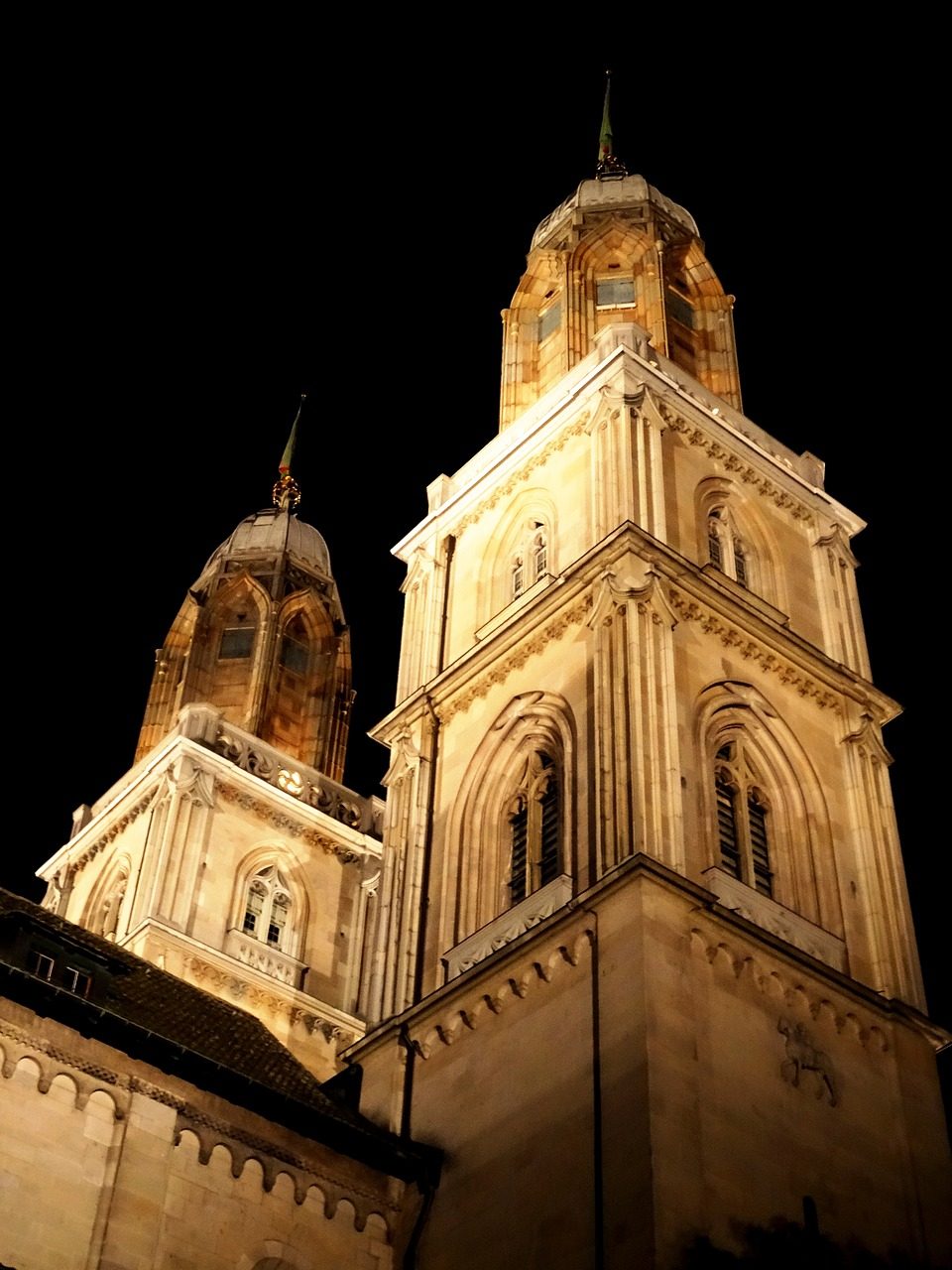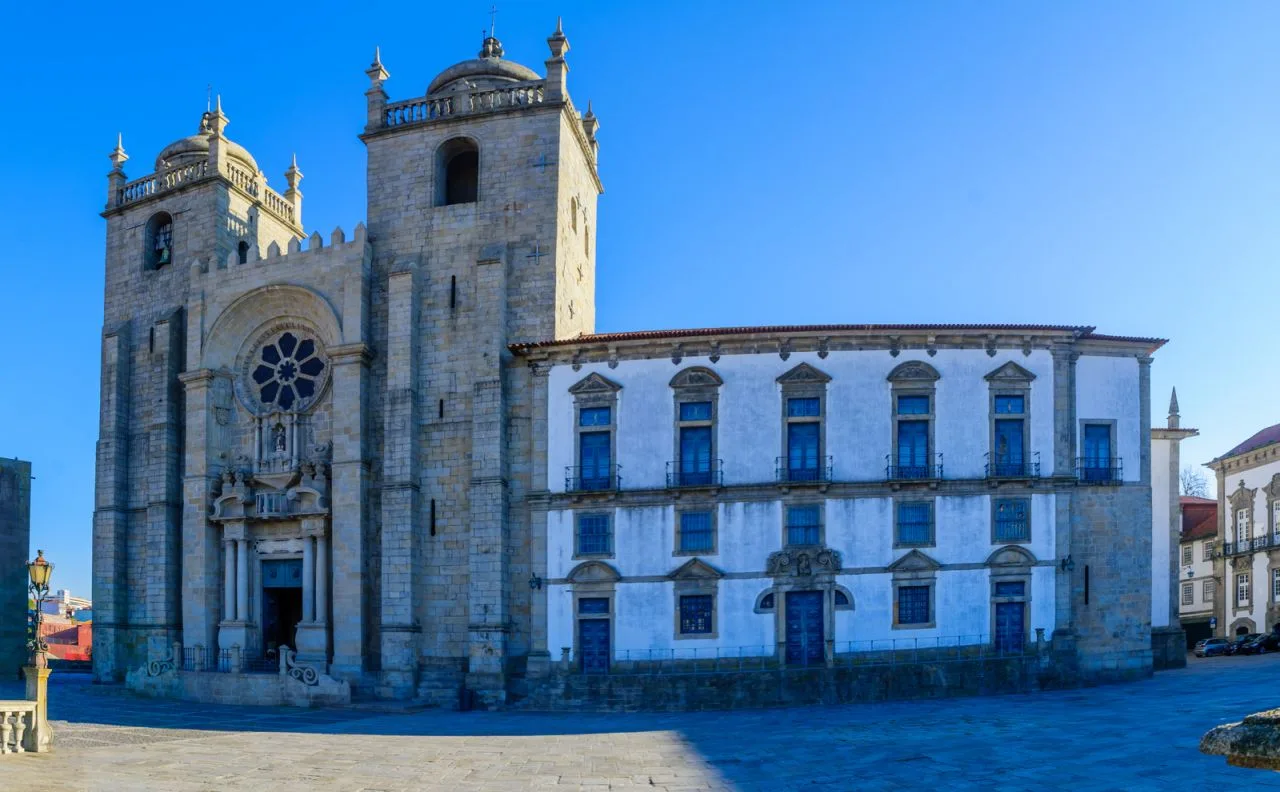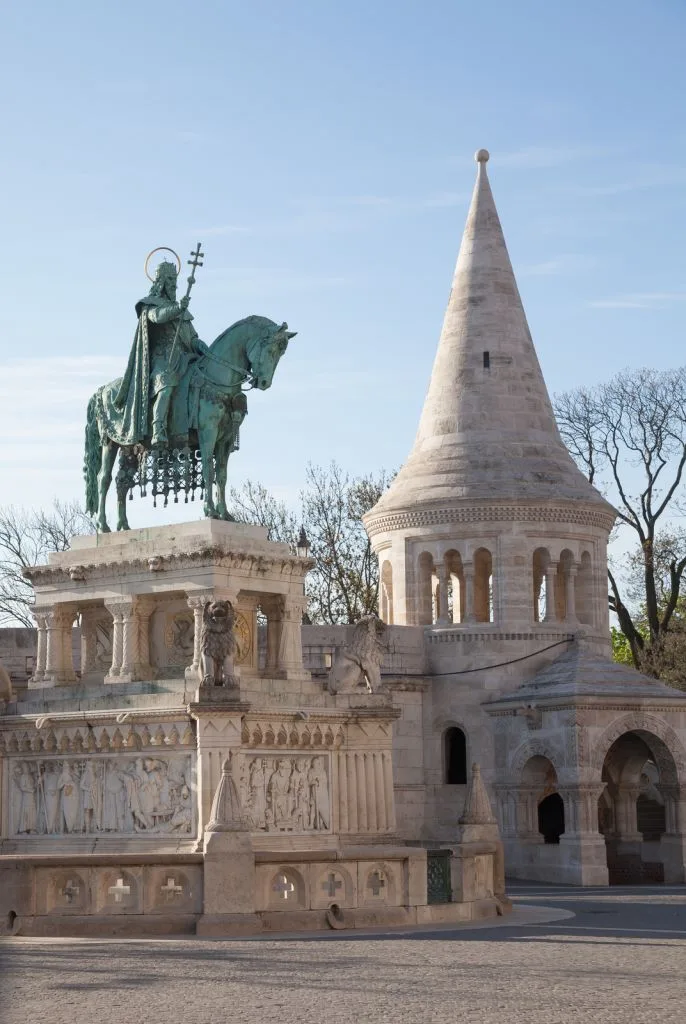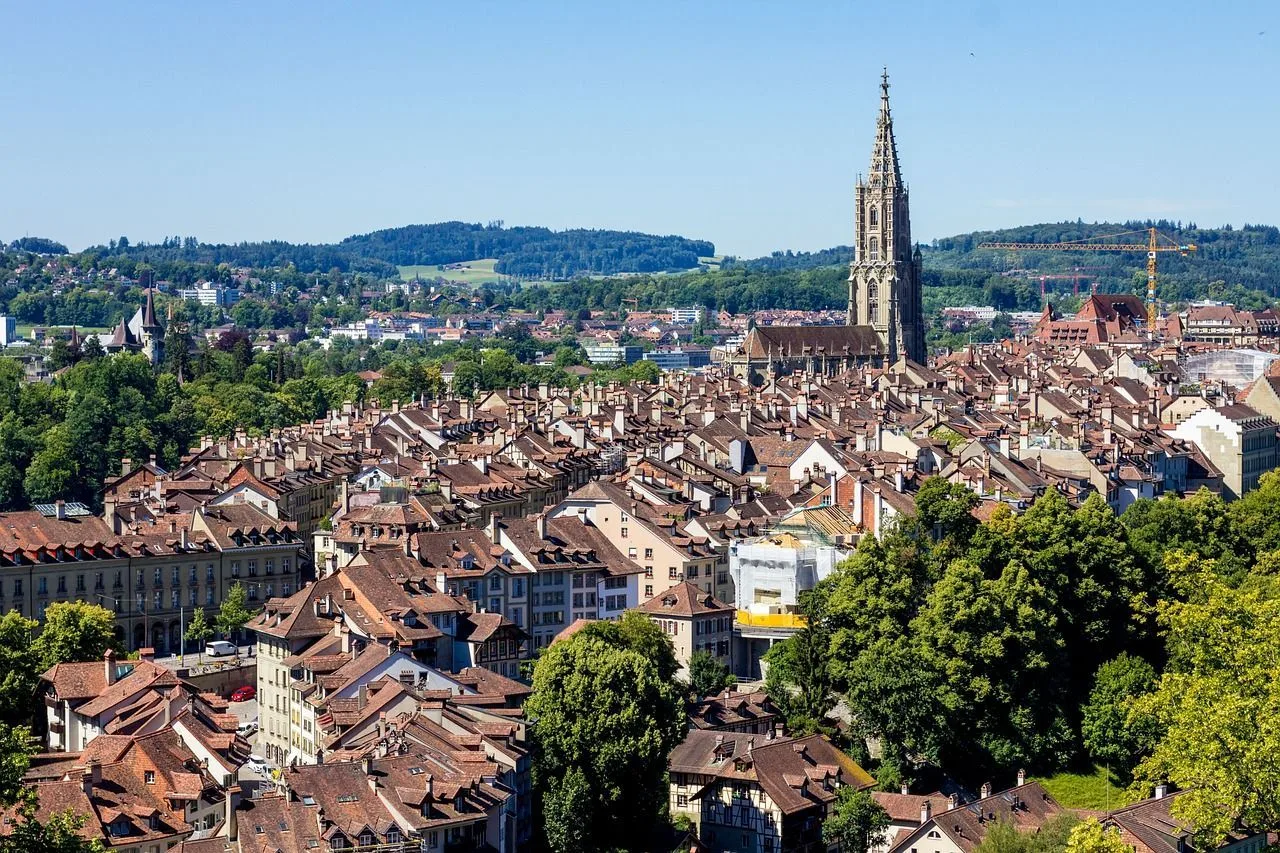Notre Dame Cathedral
Address
6 Parvis Notre-Dame – Pl. Jean-Paul II, 75004 Paris
GPS
48.85293705, 2.3500501225
Notre-Dame de Paris (‘Our Lady of Paris’) or Notre Dame Cathedral, is a medieval Catholic cathedral, located on the Île de la Cité, in the 4th arrondissement of Paris.
It is dedicated to the Virgin Mary, and it is regarded one of French Gothic architecture’s finest examples.
It was built over almost two centuries, from 1163 until 1345, when it was inaugurated.
Quick facts
- Name: Notre Dame Cathedral, Cathédrale Notre-Dame de Paris
- Location: Paris, France
- Built 1345
- Type of attraction: Architectural/Cathedral
- Ticket price: Free entrance, guided tours from 10 Euro ($12)
It is one of the most important landmarks of Paris, known for distinguished style colorful rose windows, double bell towers and world’s biggest church organs.
Unfortunate events from April, 2019 that led to fire engulfing roof of the cathedral, have left significant damage to this unique landmark, but thanks to many donations from around the world and determined preservation and restoration efforts, it will hopefully be restored to its original state.
Unlike older Romanesque buildings, Notre Dame Cathedral’s statues and stained glass windows exhibit a major influence of naturalism. It was built during the height of the Gothic era and ranks among the earliest examples of the style.
Construction on the Notre Dame Cathedral in Paris began in the 12th century and continued for another three hundred years. It’s not just one of the oldest but also the most well-known churches in all of France. The building’s jumbled collection of architectural forms is a clear indication of how long it took to complete. It is primarily French Gothic, but there are other sections that show influences from the Renaissance and Naturalism. The building’s exceptional and eccentric attractiveness is enhanced by these contrasting design elements.
Flying buttresses were not an original feature of the Notre Dame Cathedral’s design in Paris. However, as work on the cathedral progressed, stress cracks appeared in the increasingly thin walls (a feature of Gothic architecture). The original architects of the cathedral attempted to address the issue by erecting supports around the exterior walls; these were followed by subsequent construction. The building’s distinctive arched external supports, known as flying buttresses, made it one of the earliest examples of their kind.
The Cathedral has been damaged extensively over its long history, most notably during the French Revolution in 1786. Thankfully, it underwent a thoughtful restoration and has kept drawing visitors from all over the world. The Cathedral has hosted many historical and religious events, and visitors of many religions and cultures continue to be awed by its stunning architecture.
In 1909, Pope Pius X beatified Joan of Arc in the Notre Dame Cathedral. The courageous girl who revealed all went on to aid the French in battles against English troops after declaring she had seen visions from God. The French followed her advice and triumphed in several battles over the English. She was such a devoted royalist that she even helped crown Charles Vll. Unfortunately, not everyone shared her religious visions and views, and the Burundians burnt her at the stake, accusing her of heresy. It wasn’t until 1456 that her innocence was proven, and she was recognized as a martyr.
Many people throughout the world consider Notre Dame Cathedral to be the finest example of French Gothic architecture. Throughout Francophone countries, Catholic church buildings are often given the name Notre Dame, which translates to “Our Lady” in English. Since Andre Cardinal Vingt-Trois, Archbishop of Paris, has his official seat (the “cathedra”) in Notre Dame Cathedral, it is the true cathedral of the Parisian Catholic archdiocese.
Artwork, furniture, and other valuables exemplifying the Nio-Gothic style may be seen throughout the Cathedral of Notre Dame. The cathedral is open to visitors, who can pay a nominal price to enter and view magnificent works of art. They can also participate in the three daily Masses that are a highlight for many Christian tourists.
There are a lot of beautiful Parisian hotels located close to the church, and many of them provide unobstructed views of the church.
The Hunchback of Notre Dame legend and its associated cartoons and films have helped to make the Cathedral of Notre Dame a cultural icon. French Gothic architecture, however, continues to be a major tourist attraction because it is the best example of its kind in the world.
Interesting facts about Notre Dame Cathedral
Here are some interesting facts about this amazing historical landmark:
- Victor Hugo’s novel, The Hunchback of Notre Dame, made this cathedral globally famous.
- Although they look like twin towers, the north tower is slightly larger than the south one, as they were built in different times.
- During the 18th century, the cathedral was used as a warehouse.








